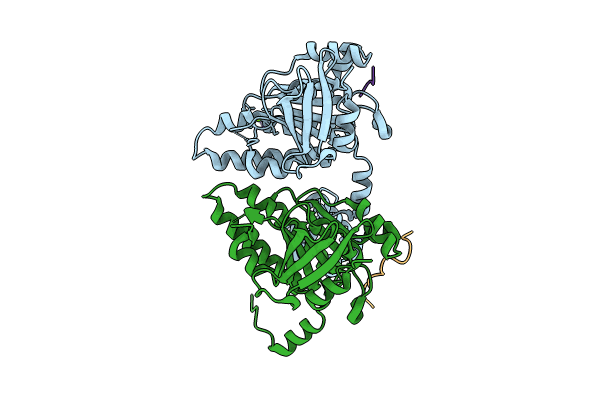
Deposition Date
2023-10-04
Release Date
2024-06-19
Last Version Date
2024-07-17
Entry Detail
PDB ID:
8QQE
Keywords:
Title:
Crystal structure of the complex between DMC1 and the PhePP domain of BRCA2
Biological Source:
Source Organism:
Homo sapiens (Taxon ID: 9606)
Host Organism:
Method Details:
Experimental Method:
Resolution:
3.46 Å
R-Value Free:
0.26
R-Value Work:
0.24
R-Value Observed:
0.24
Space Group:
I 4 3 2


